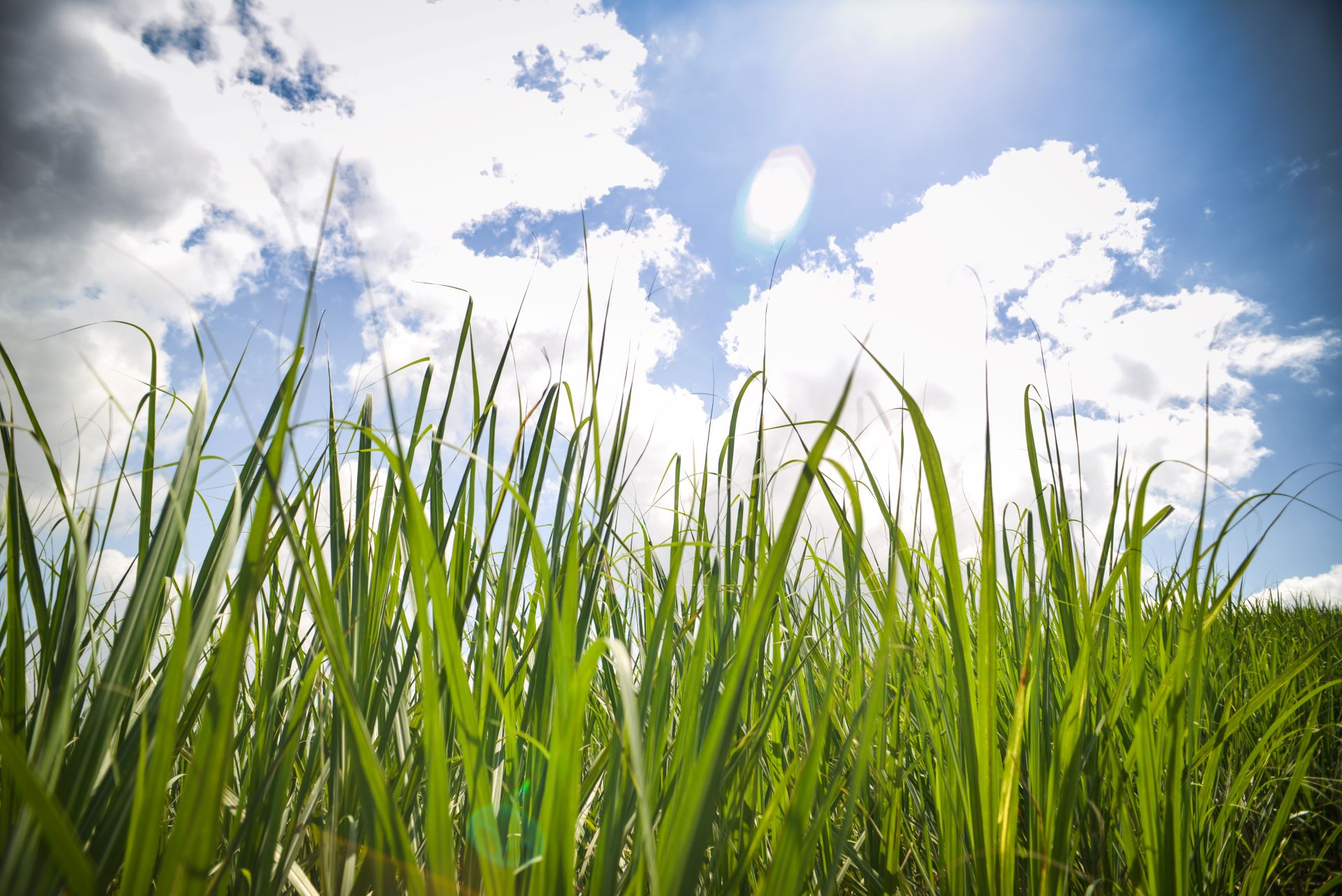SASRI scientists are preparing for a hotter and drier world by using specialised breeding techniques in the laboratory to create sugarcane that will respond differently to environmental stresses, such as drought and heat, as well as tolerance to aluminium and salt.
The technique, called mutation breeding, uses physical or chemical agents to purposefully create changes in the DNA of plants without introducing foreign genes. Mutation breeding is not new: more than 3 200 mutant cultivars – including numerous crops, ornamentals, and trees – have officially been released for commercial use in more than 210 plant species from over 70 countries.
Ionising radiation is the most common agent used, whilst other chemical agents such as Ethyl methanesulfonate (EMS) have also been successfully used. SASRI’s herbicide tolerant N12 Zapyr sugarcane variety was produced using EMS.
By using various agents, scientists can either create changes in gene DNA sequences that can be beneficial, or create changes in the way genes are expressed (without changing the DNA sequence). Both forms of mutation result in altering the way plants respond to environmental stresses, such as drought and heat.
Some of the benefits of using mutation breeding for crop improvement include refining the resilience of plants without introducing foreign genes; reducing the time and cost of developing new cultivars compared with conventional breeding or genetic engineering; and improving an otherwise elite cultivar for a desired trait.
Application of this technique at SASRI
In the laboratory, sugarcane cells are exposed to both a chemical mutagen and heat and water stress to generate mutant plant lines. These are then hardened off in the glasshouse and further rounds of selections are carried out.
Plantlets that performed well during glasshouse testing are currently being evaluated under more natural conditions in an outdoor rain-shelter trial. As a final step, the best performing plantlets will be taken to the field to establish equivalence with the parent variety.


